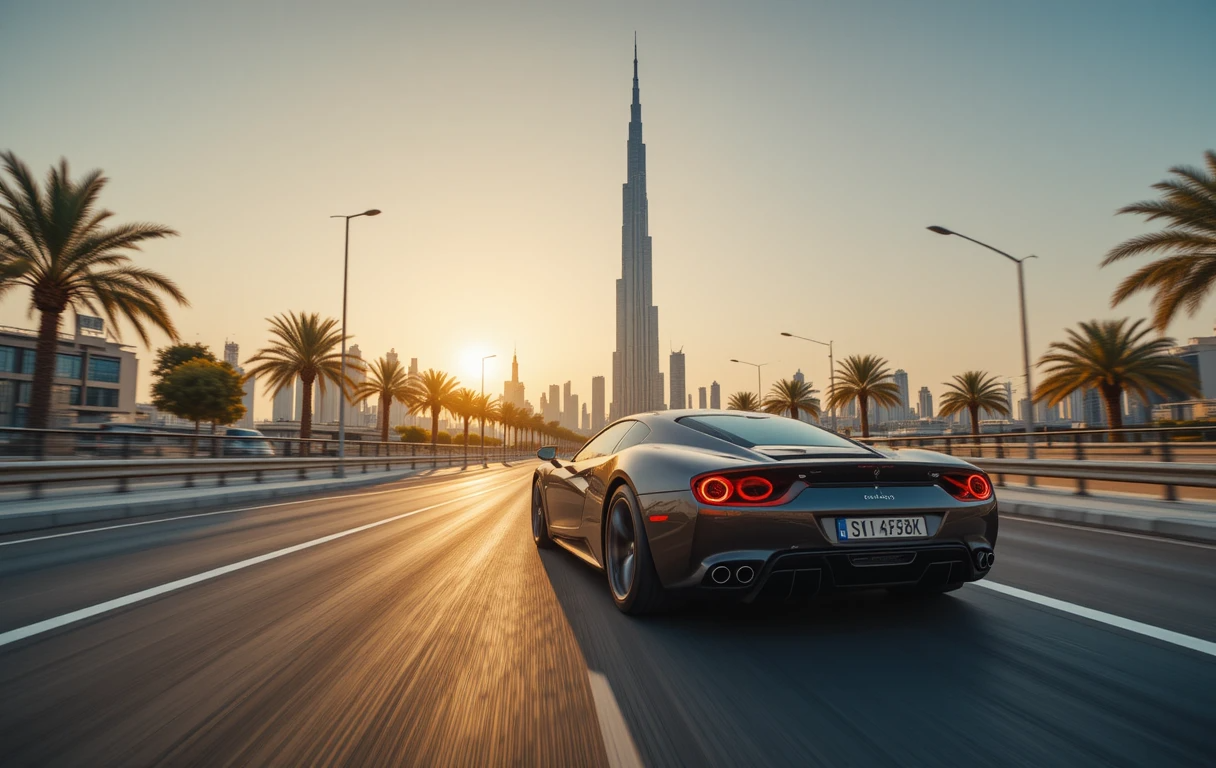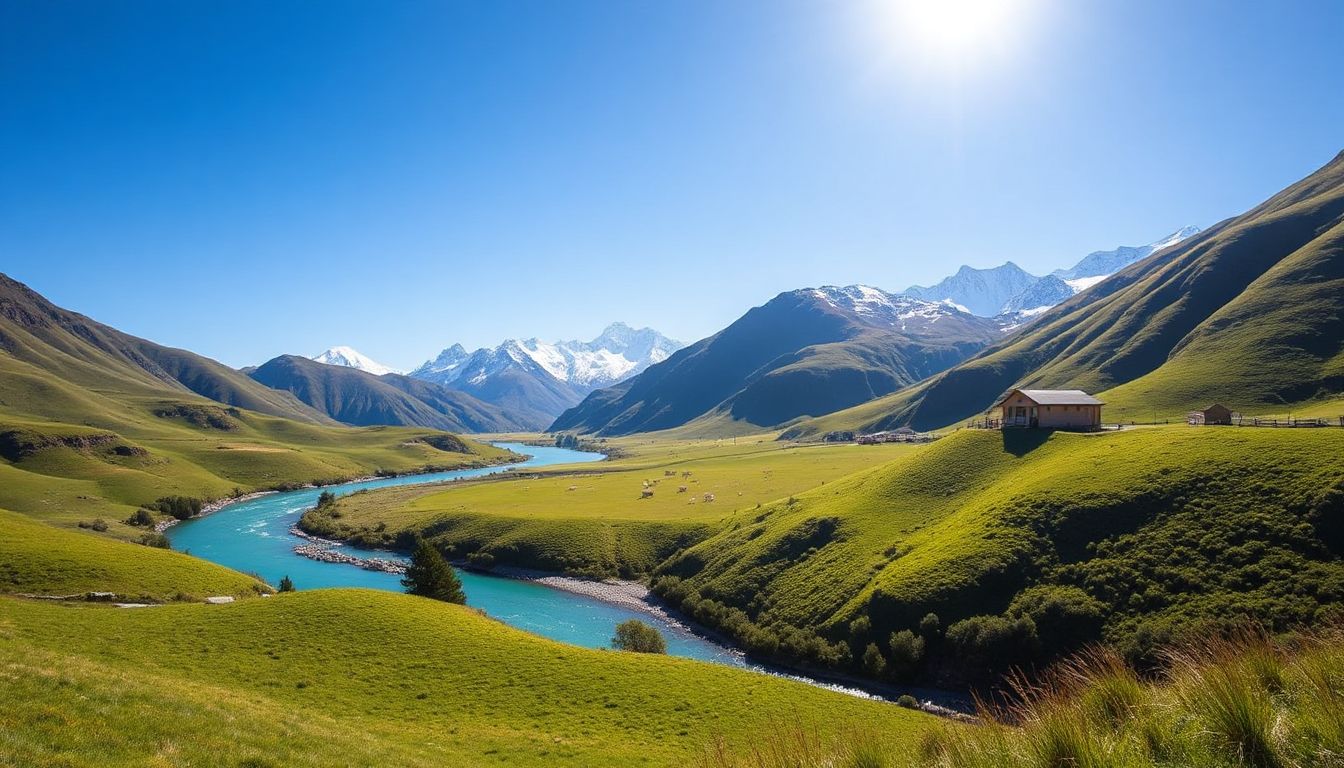For many travelers, reaching Machu Picchu feels like a dream journey. While most visitors take the train from Cusco or Ollantaytambo, there’s another adventurous and budget-friendly route that’s been gaining popularity – the journey to Machu Picchu by car. This option is perfect for those who love flexibility, scenic road trips, and the chance to combine the drive with other activities, like a trek through the Inca jungle trail to Machu Picchu.
This guide will take you through everything you need to know, from the route and costs to tips for making the most of your experience.
Why Choose the Road Route to Machu Picchu?
Taking a car instead of the train isn’t just about saving money – it’s about enjoying a completely different perspective of Peru’s landscapes. On the road from Cusco to Hidroeléctrica, you’ll pass through high Andean plains, snow-capped peaks, lush valleys, and subtropical forests. It’s like driving through different worlds in a single day.
The car route also offers more opportunities to stop and explore along the way. If you’re the type of traveler who likes to wander off the beaten path, this option gives you plenty of freedom. Plus, it can be combined with other adventures such as the Inca jungle trek, where you mix driving, biking, hiking, and sometimes even rafting before reaching Machu Picchu.
The Route – From Cusco to Hidroeléctrica
The trip to Machu Picchu by car typically starts in Cusco. The drive is around 6 to 7 hours depending on road and weather conditions. The main stages are:
- Cusco to Ollantaytambo – The first part of the journey takes you through the Sacred Valley. If you leave early, you can make stops in villages like Chinchero or Urubamba, both known for their markets and traditional crafts.
- Ollantaytambo to Santa María – From Ollantaytambo, the road climbs towards Abra Málaga, the highest point of the journey at over 4,300 meters. The views here are stunning – snow-covered peaks, rolling clouds, and the feeling that you’re on top of the world.
- Santa María to Santa Teresa – As you descend, the landscape changes dramatically. You go from cold mountain air to warm jungle breezes. The road winds along cliffs and through dense vegetation. Santa Teresa is a small town where many travelers stop for a meal or even a night before continuing.
- Santa Teresa to Hidroeléctrica – This final stretch is short and takes you to the starting point of the last part of your journey – the hike or train ride to Aguas Calientes.
The Final Stretch – Hiking or Train to Aguas Calientes
Once you reach Hidroeléctrica, you have two choices:
- Hike to Aguas Calientes – This is the most popular choice for those doing the Machu Picchu by car route. The hike takes about 2.5 to 3 hours along the railway tracks, with the Urubamba River on one side and lush mountains on the other. It’s an easy walk with a lot of photo opportunities.
- Train from Hidroeléctrica to Aguas Calientes – If you prefer to skip the walk, you can take a short train ride of about 30 minutes. It’s more expensive than walking, but convenient if you’re tired or short on time.
Aguas Calientes – Gateway to Machu Picchu
Aguas Calientes is the base town for visiting Machu Picchu. Once you arrive, you can relax in the hot springs, explore the local market, or simply prepare for your visit to the citadel the next day.
Make sure you’ve already purchased your entrance ticket for Machu Picchu in advance, as they sell out quickly – especially during high season. You’ll also need to arrange the bus from Aguas Calientes to the site or be ready for a 1.5-hour uphill hike.
Combining the Road Trip with the Inca Jungle Tour
One of the great things about going to Machu Picchu by car is that it can be part of a bigger adventure – the Inca jungle tour. This multi-day experience starts in Cusco and mixes different outdoor activities before you finally arrive at Machu Picchu.
For example, on day one, you might drive to the high mountains, then descend by bike into the warm jungle climate. The next day could involve hiking along the Inca jungle trail to Machu Picchu, passing through small villages, coffee plantations, and ancient pathways. Depending on the package, some tours even include river rafting or ziplining.
This is perfect for travelers who want more than just transportation – it’s a whole adventure with cultural, natural, and adrenaline-filled moments.
Cost – Is It Worth It?
Traveling to Machu Picchu by car is usually much cheaper than taking the train.
- By Car: Around $15–$25 per person one way from Cusco to Hidroeléctrica in a shared van. Private cars cost more, but give you more flexibility.
- By Train: Can be $60–$80 one way from Ollantaytambo to Aguas Calientes, and prices are higher in peak season.
Even when you add the cost of food, the optional train from Hidroeléctrica, and accommodations, the road option still comes out more budget-friendly.
Things to Know Before You Go
- Altitude – The road passes through high mountain passes, so be prepared for altitude changes. If you’re coming straight from lower altitudes, spend a couple of days in Cusco before the trip.
- Luggage – Pack light. A big suitcase will be inconvenient for the final hike from Hidroeléctrica to Aguas Calientes.
- Weather – From November to March is the rainy season, which can make roads slippery. Dry season (May to September) is the safest and most comfortable time for the journey.
- Safety – The road is generally safe, but it’s narrow in places with steep drops. Always travel with experienced drivers.
- Tickets – Buy your Machu Picchu entry and bus tickets ahead of time to avoid last-minute stress.
Suggested Itinerary – Machu Picchu By Car
Here’s a sample 3-day plan for travelers who want to enjoy the route and combine it with some light trekking:
Day 1: Cusco – Abra Málaga – Santa Teresa – Hidroeléctrica – Hike to Aguas Calientes. Overnight in Aguas Calientes.
Day 2: Visit Machu Picchu early in the morning. Explore the site, then return to Aguas Calientes and relax.
Day 3: Return hike to Hidroeléctrica – Drive back to Cusco.
If you choose the Inca jungle trek version, you’ll need at least 4 days to include biking, hiking, and possibly rafting before reaching Machu Picchu.
The Inca Jungle Trail – A Different Way to Arrive
While many travelers only think of the classic Inca Trail, the Inca jungle trail to Machu Picchu is a refreshing alternative. It’s less crowded, more flexible, and blends modern adventure with ancient history.
You might start in the chilly heights near Abra Málaga, feeling the rush of biking downhill into a warm jungle climate. Then, you hike through paths used for centuries by local communities, spotting waterfalls, tropical birds, and maybe even a coffee farmer offering you a fresh cup straight from their plantation.
By the time you reach Hidroeléctrica and follow the railway to Aguas Calientes, you’ll feel like you’ve earned every step toward the legendary citadel.
Pros and Cons of Going by Car
Pros:
- Much cheaper than the train
- Scenic and varied landscapes
- Flexibility to stop along the way
- Can be combined with trekking or adventure activities
Cons:
- Longer travel time
- Narrow, winding roads that may cause motion sickness
- Less comfort than train travel
- Weather can affect road conditions
Final Tips for a Smooth Journey
- Start early – Leaving Cusco around 6 AM gives you enough daylight for the drive and hike.
- Bring snacks and water – You’ll find small shops along the way, but it’s best to have your own supply.
- Wear layers – The temperature changes drastically from the mountains to the jungle.
- Cash is essential – Many small towns along the route don’t accept cards.
- Travel insurance – Always a good idea when doing road trips in remote areas.
Is Machu Picchu By Car Right for You?
If you’re a traveler who values freedom, adventure, and saving money, then yes – this route is an excellent choice. It’s not the fastest or most luxurious option, but it offers something the train cannot: a sense of connection to the land you’re traveling through.
Combining the drive with parts of the Inca jungle tour adds even more depth to your journey. Whether you’re biking down mountain passes, walking through the lush Inca jungle trail to Machu Picchu, or simply gazing at the scenery from a van window, you’ll feel part of a bigger adventure.
The road to Machu Picchu isn’t just a way to get there – it’s an experience in itself. And for many travelers, it becomes one of the most memorable parts of their trip to Peru.



